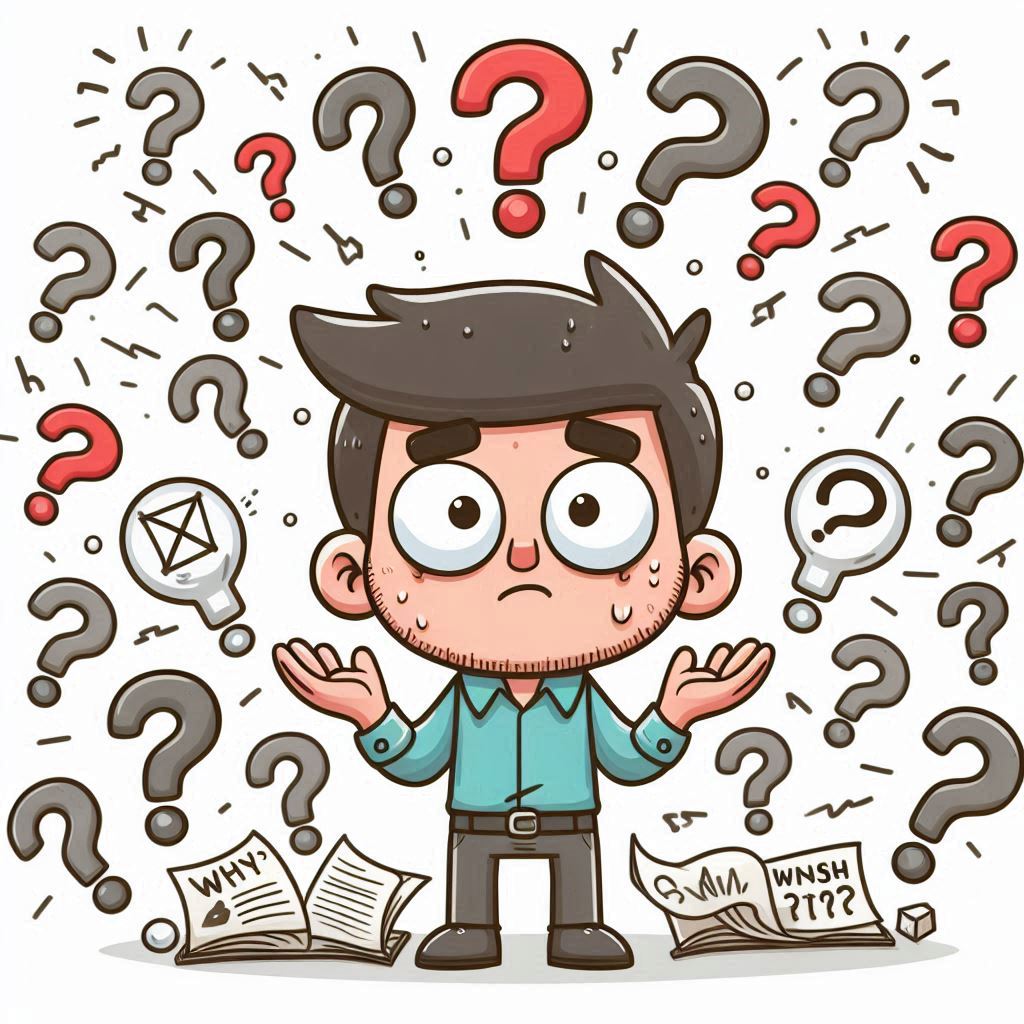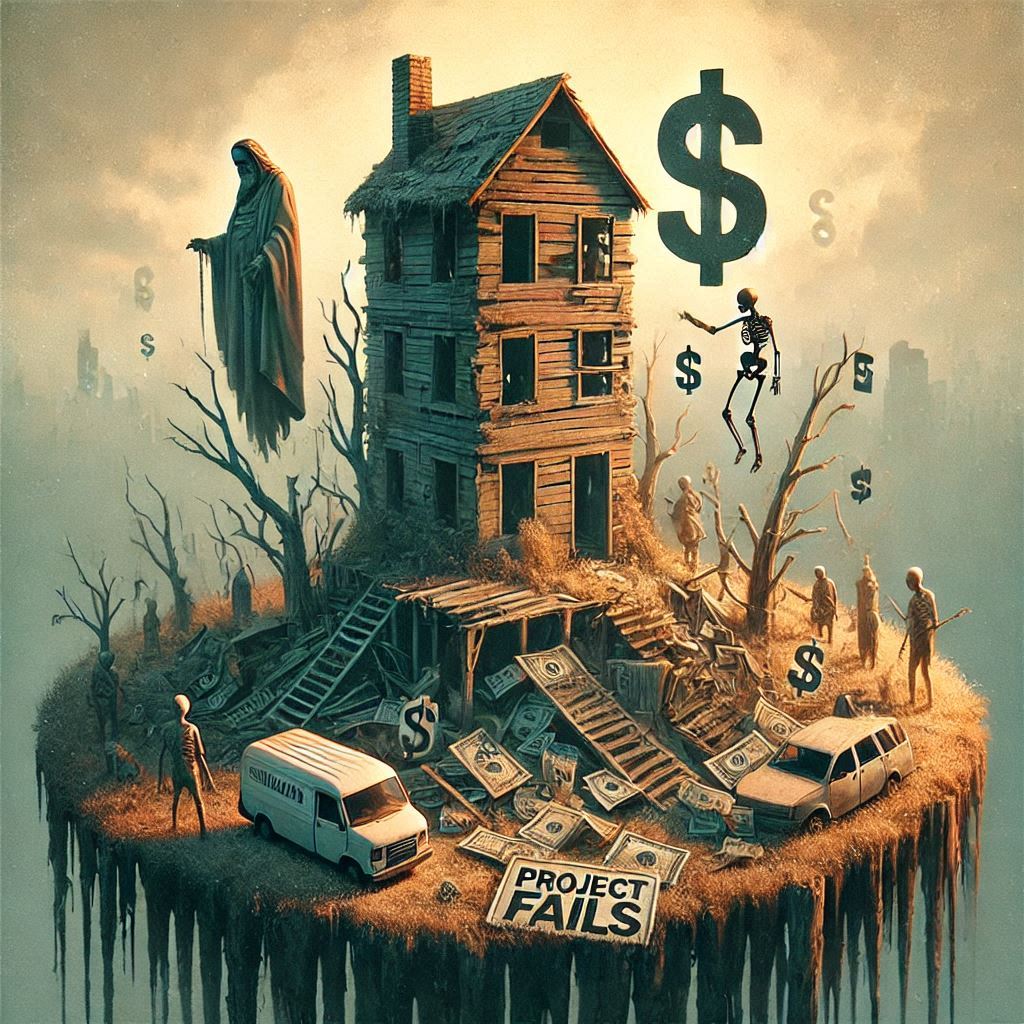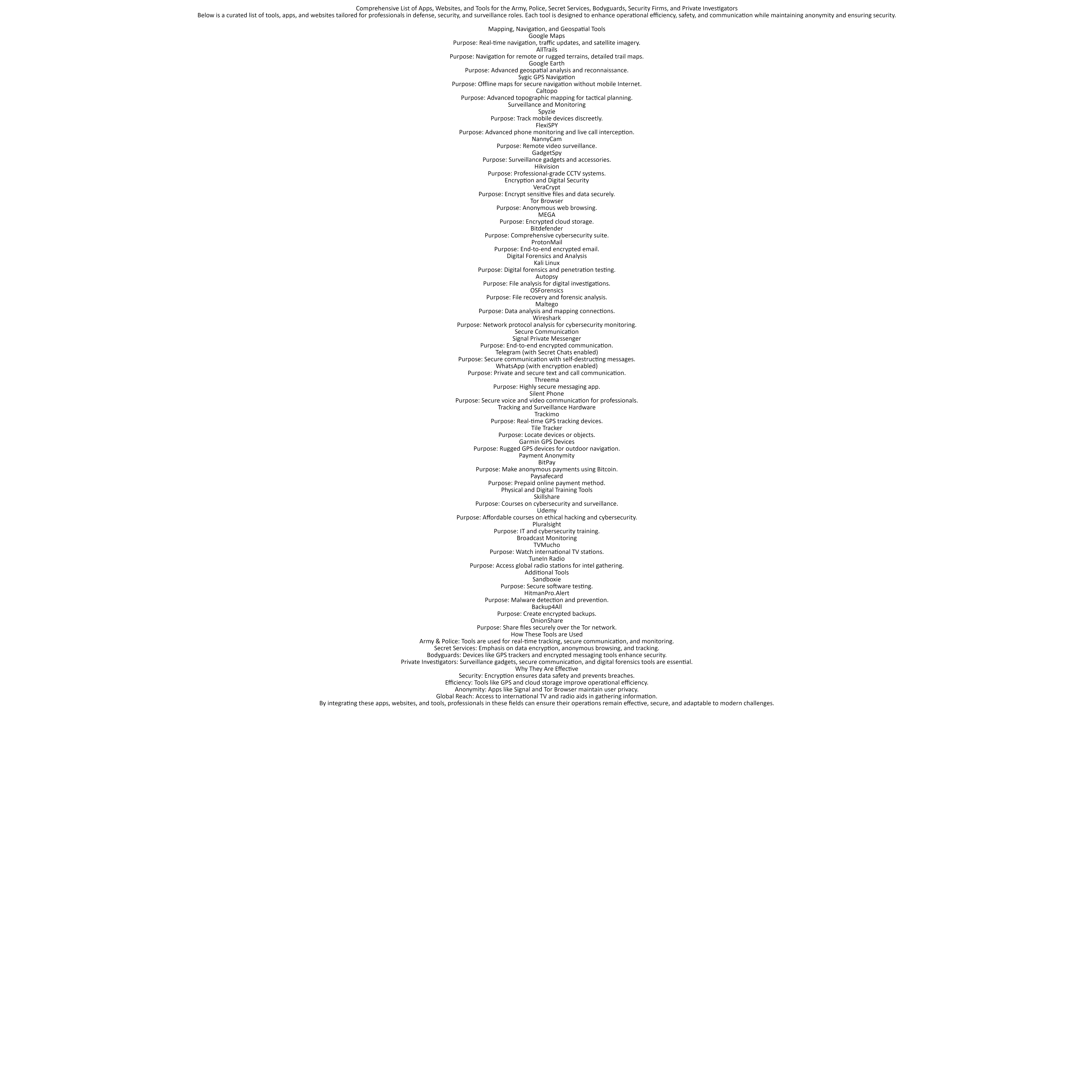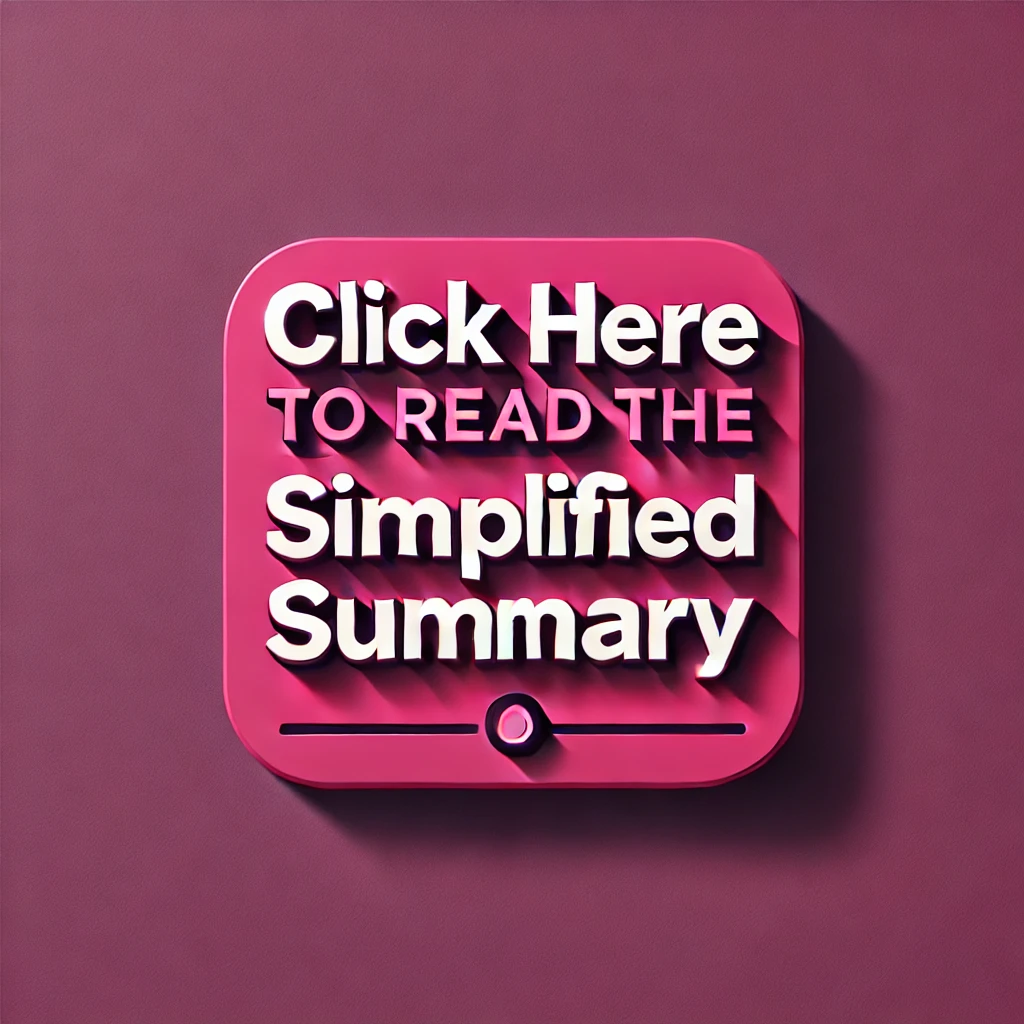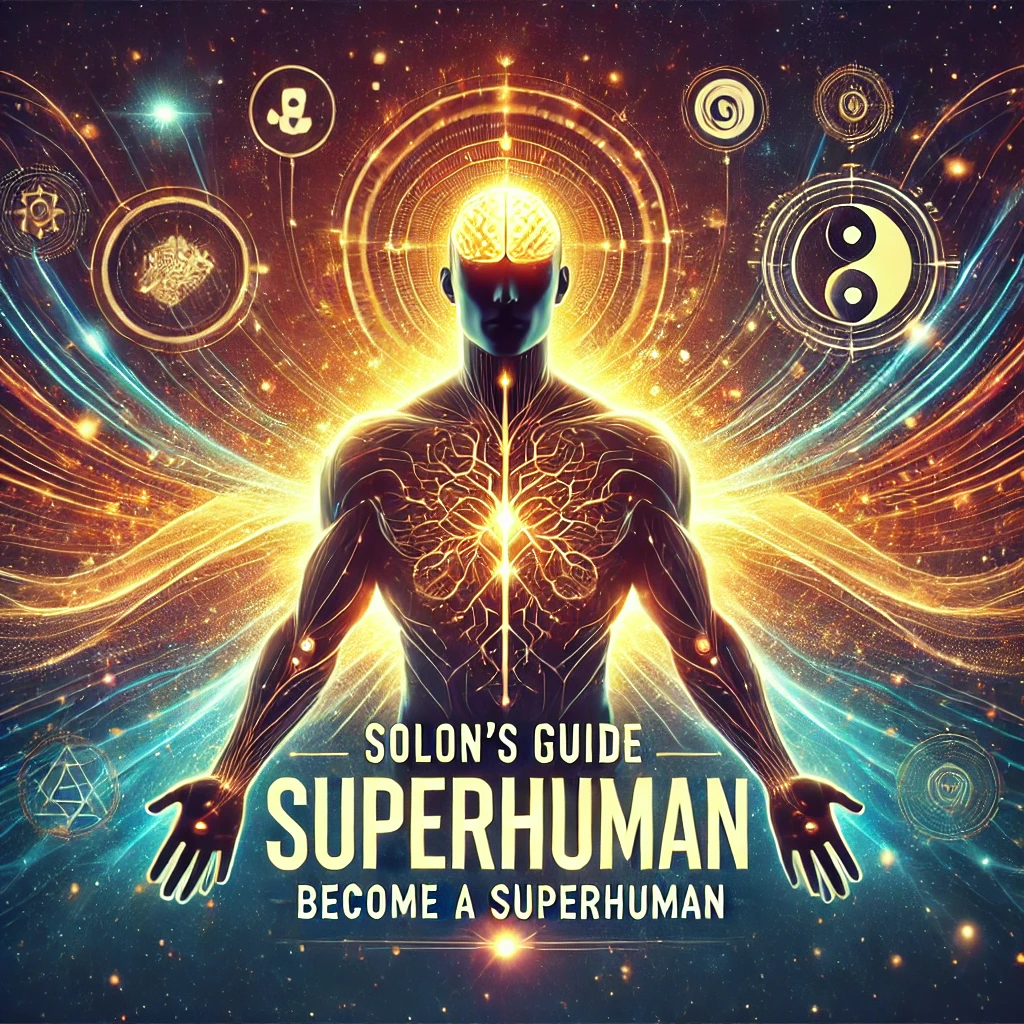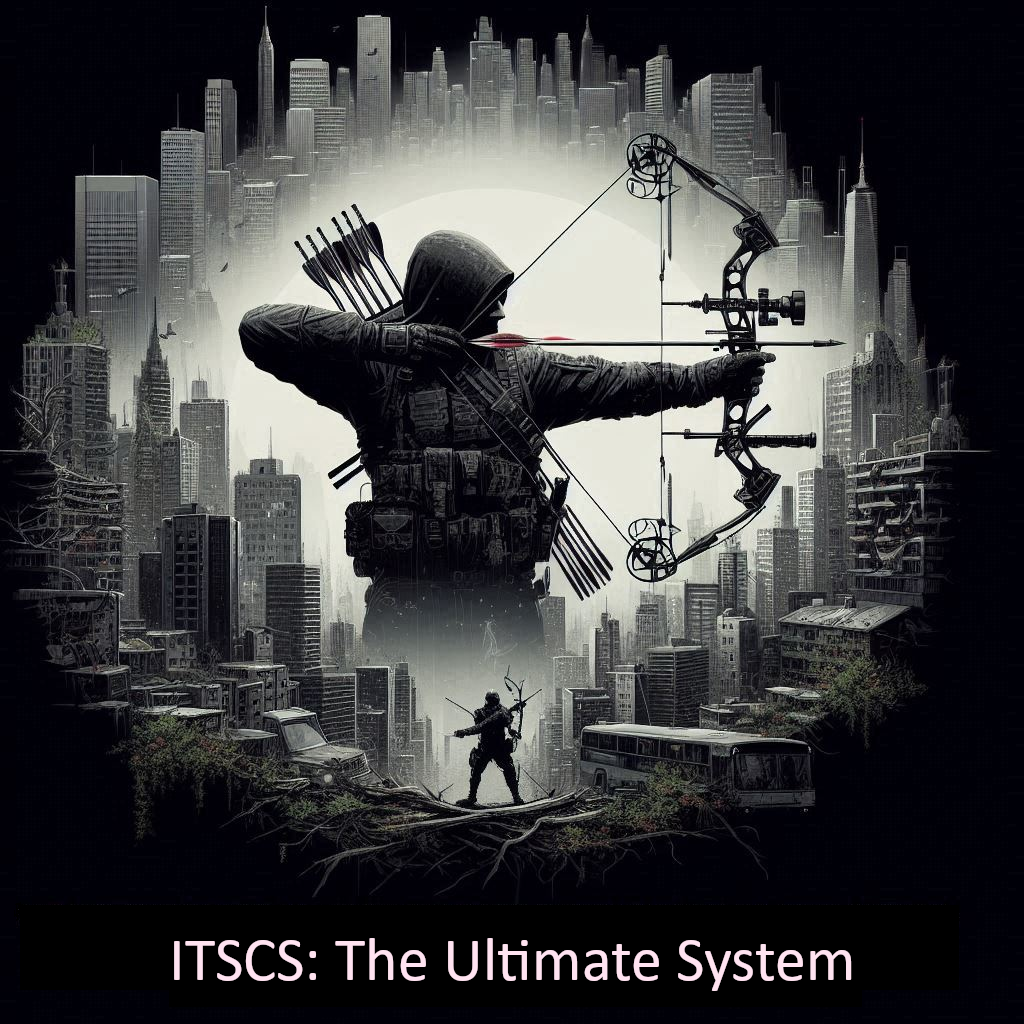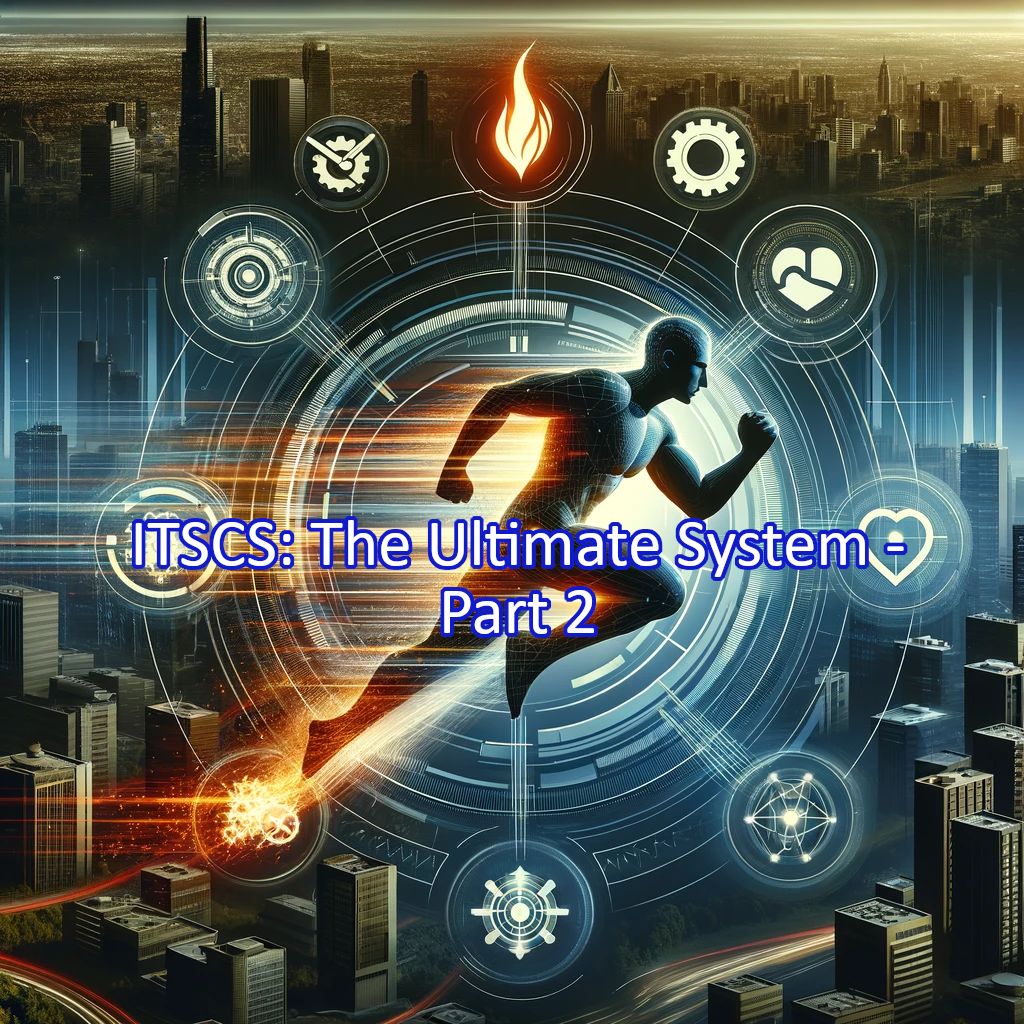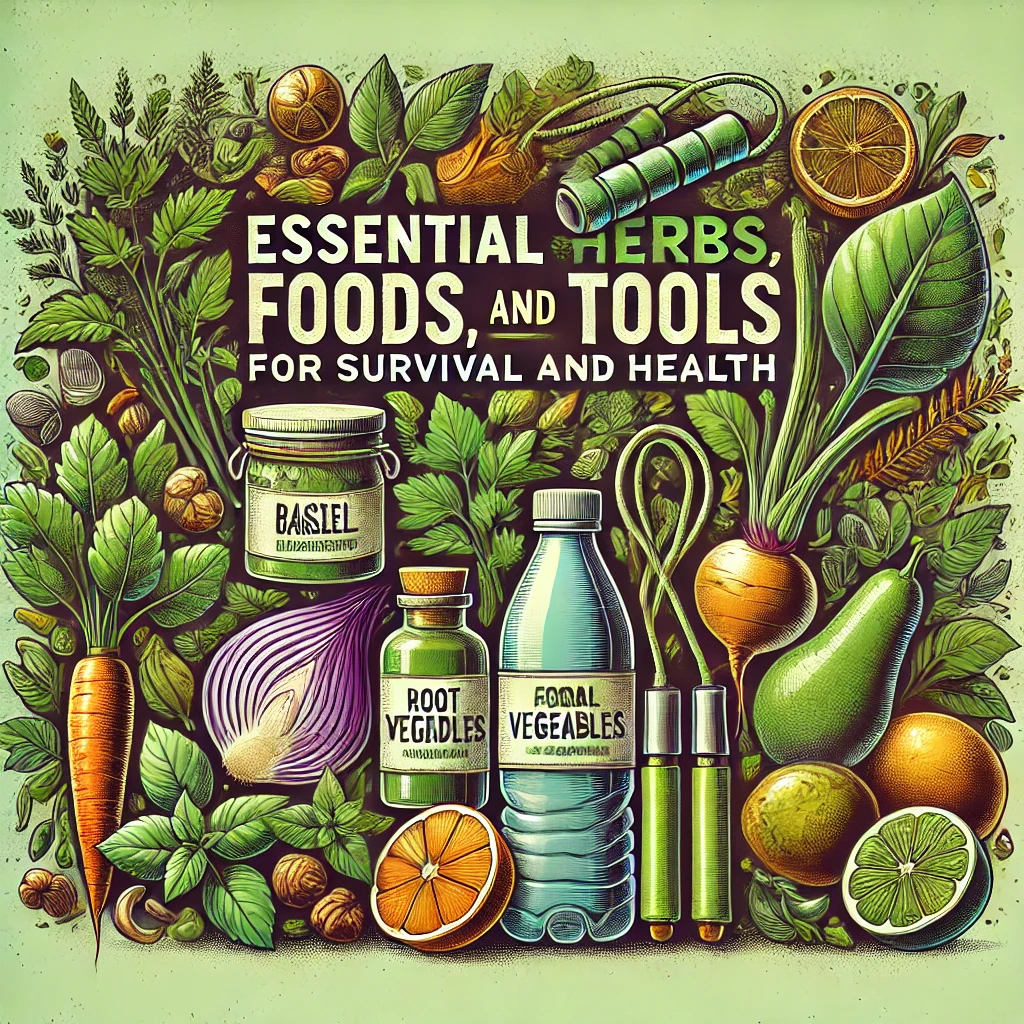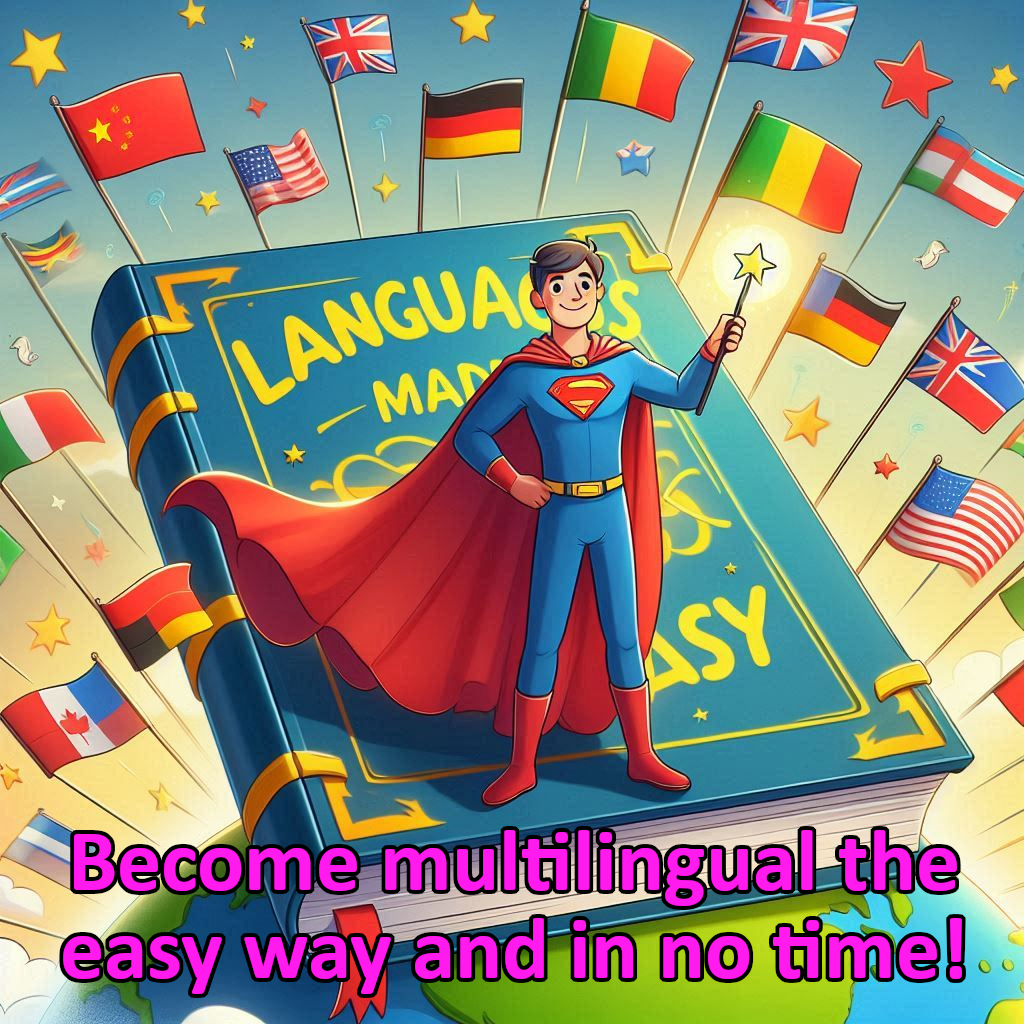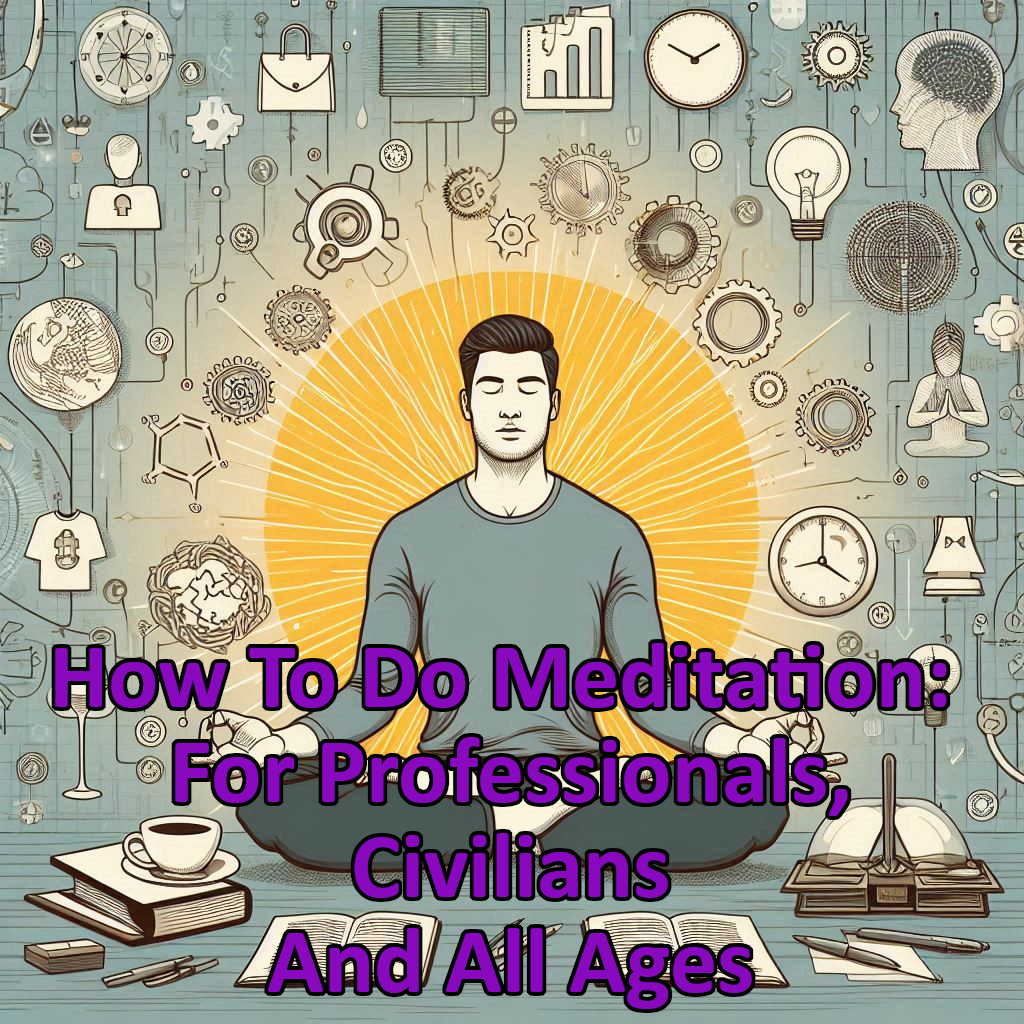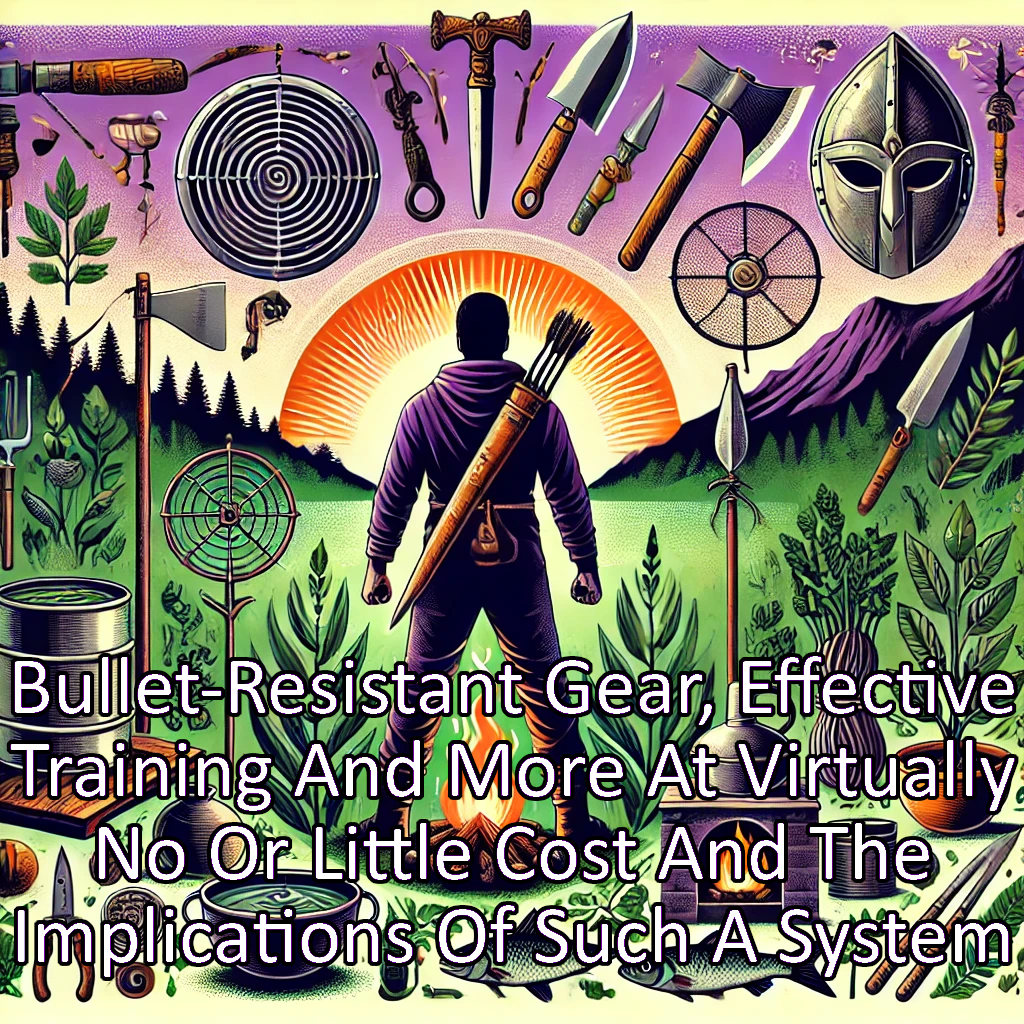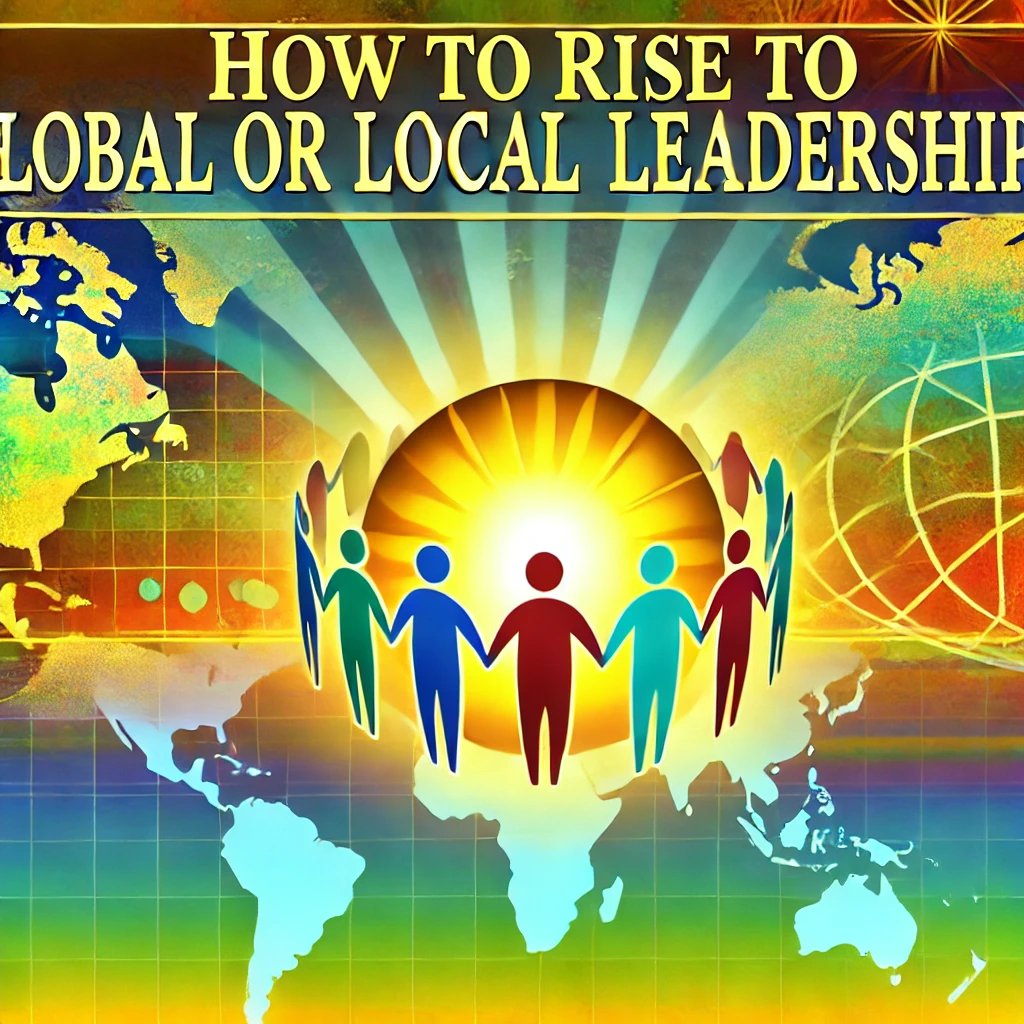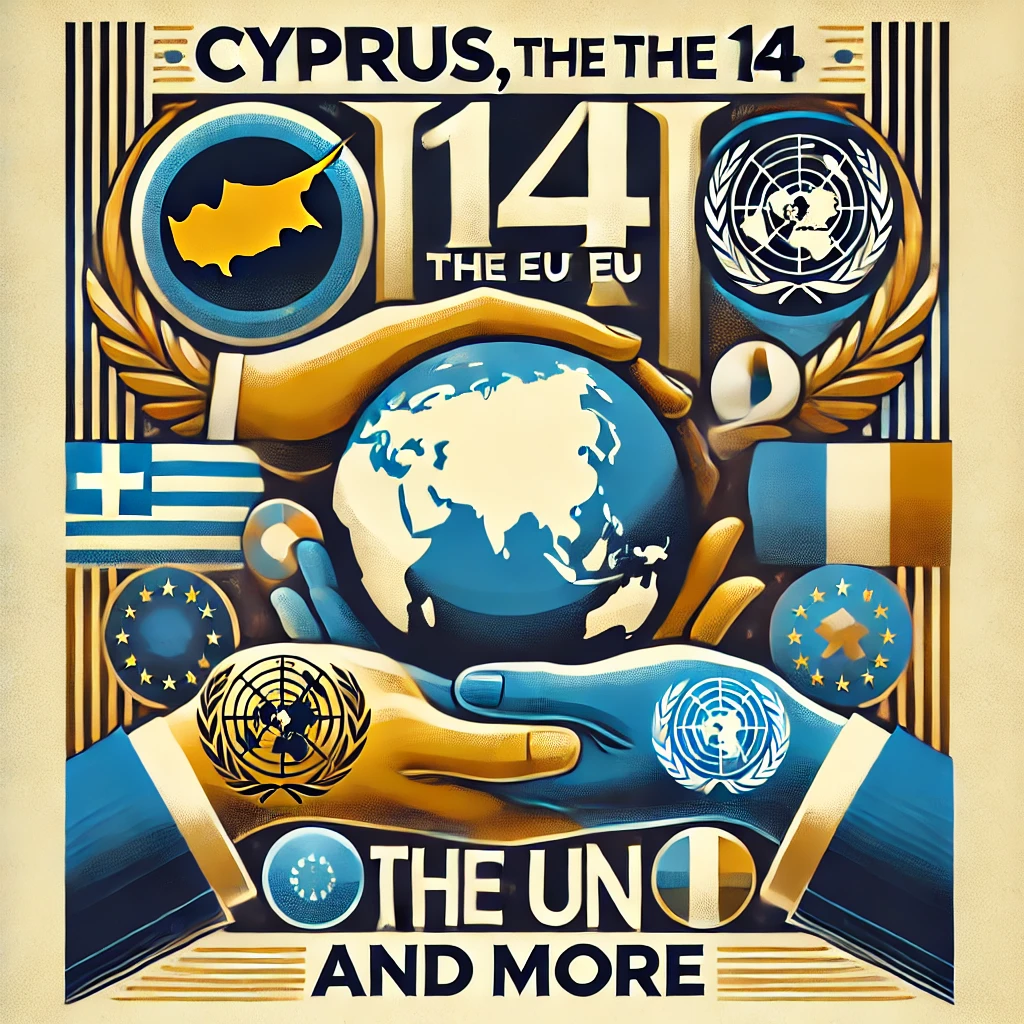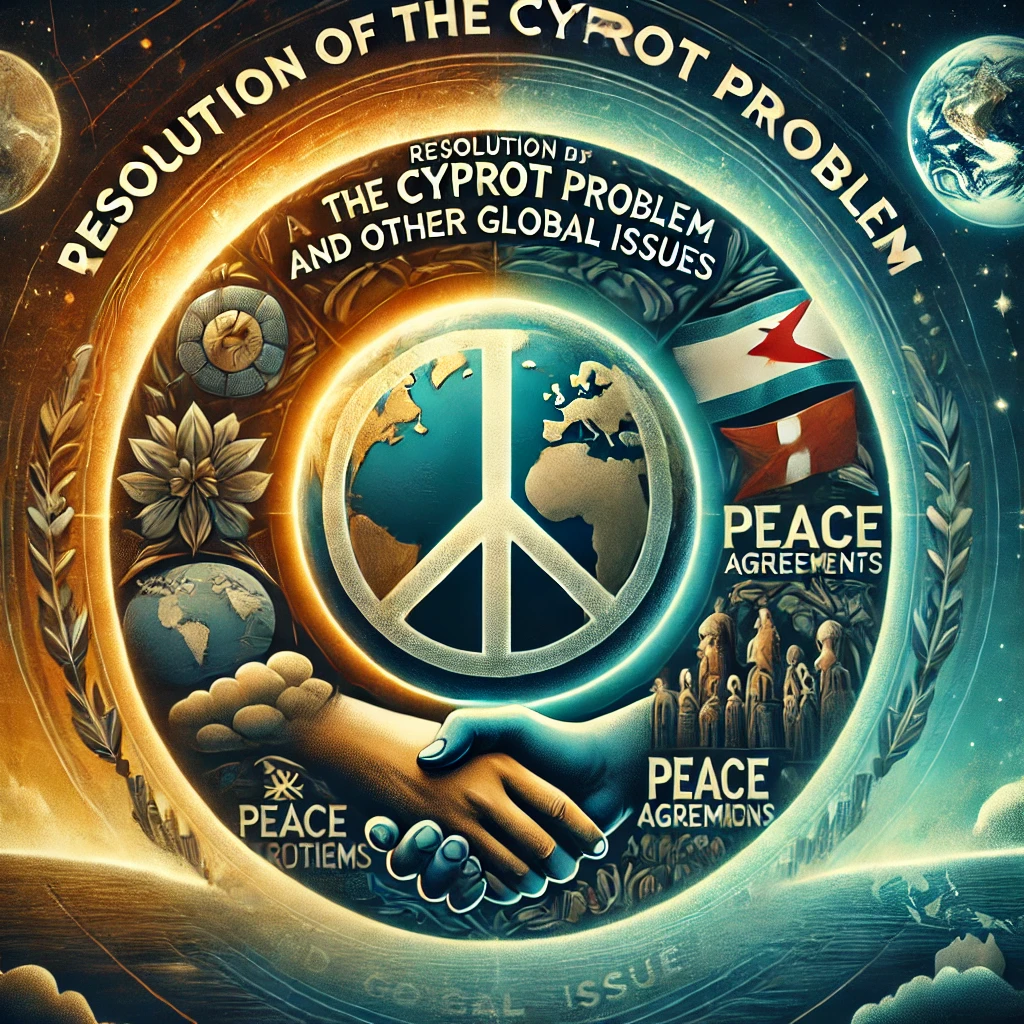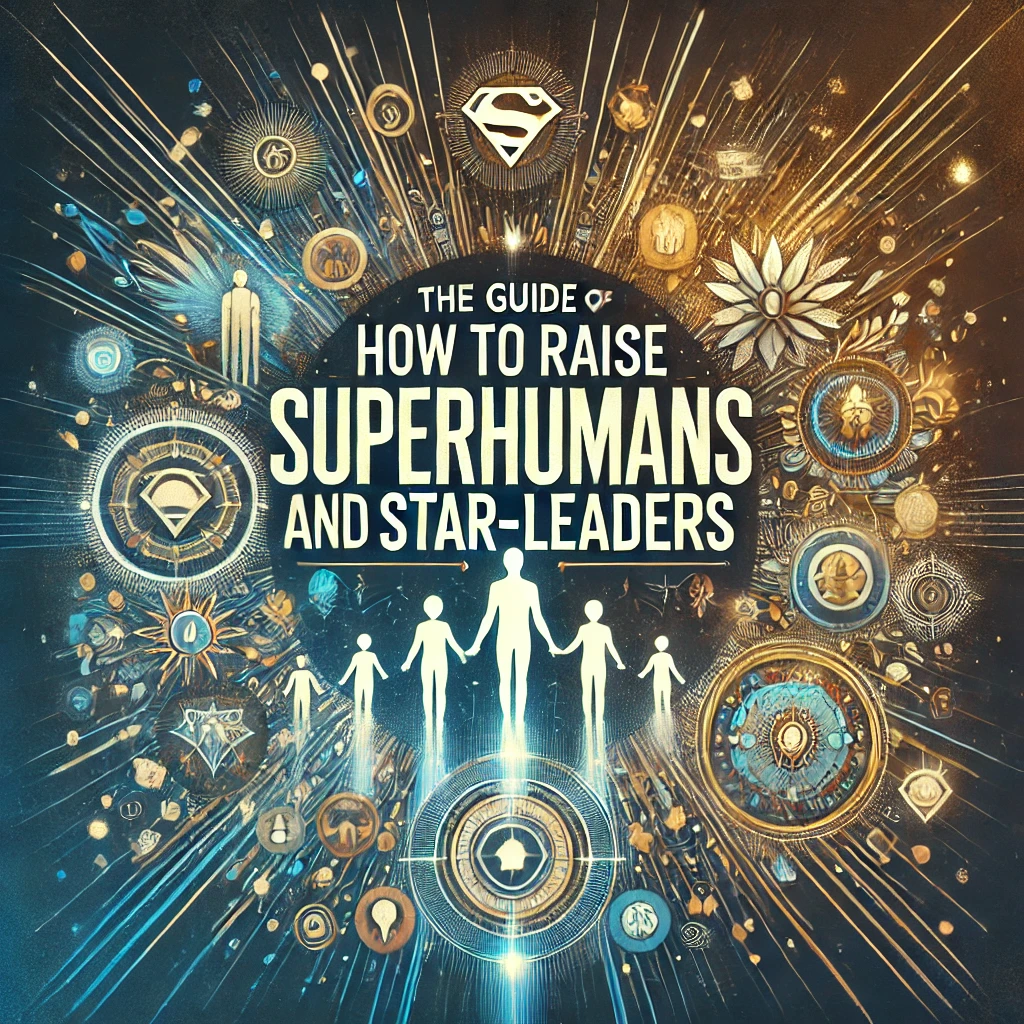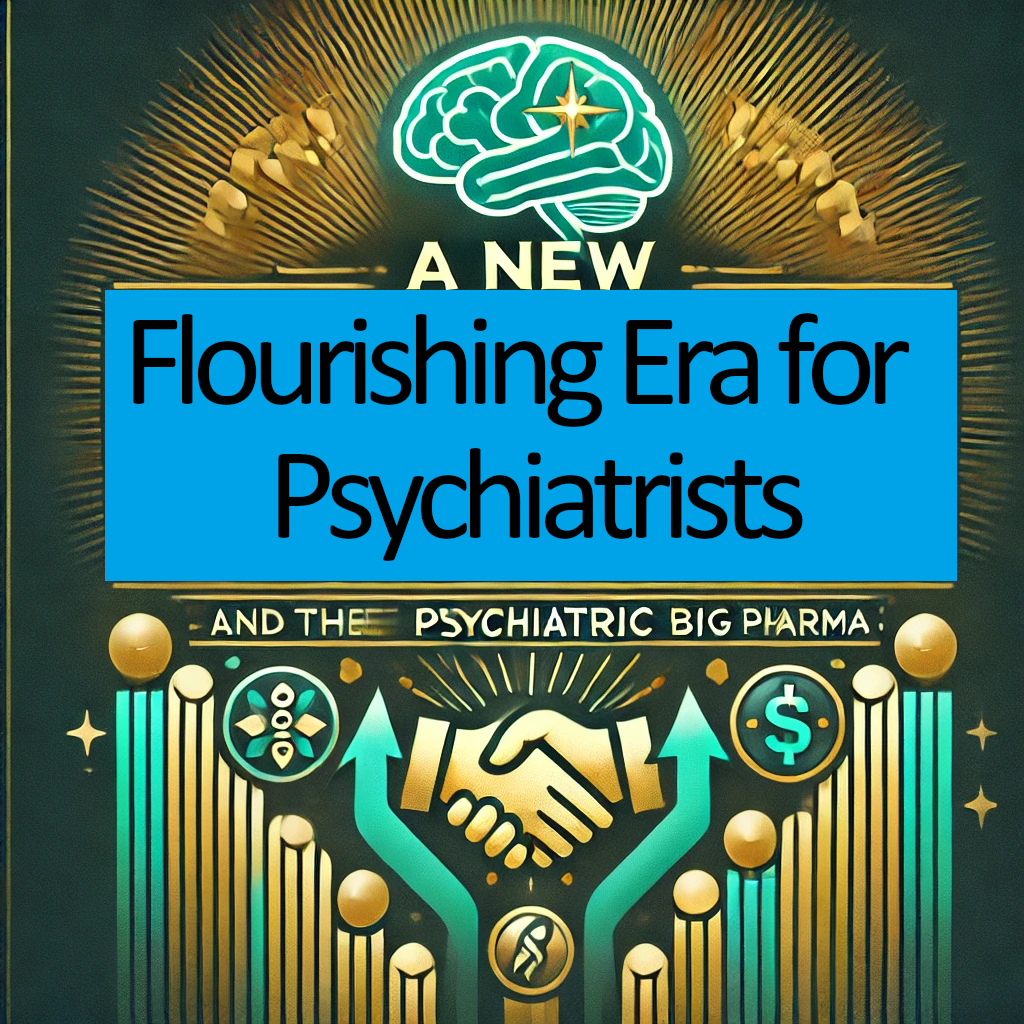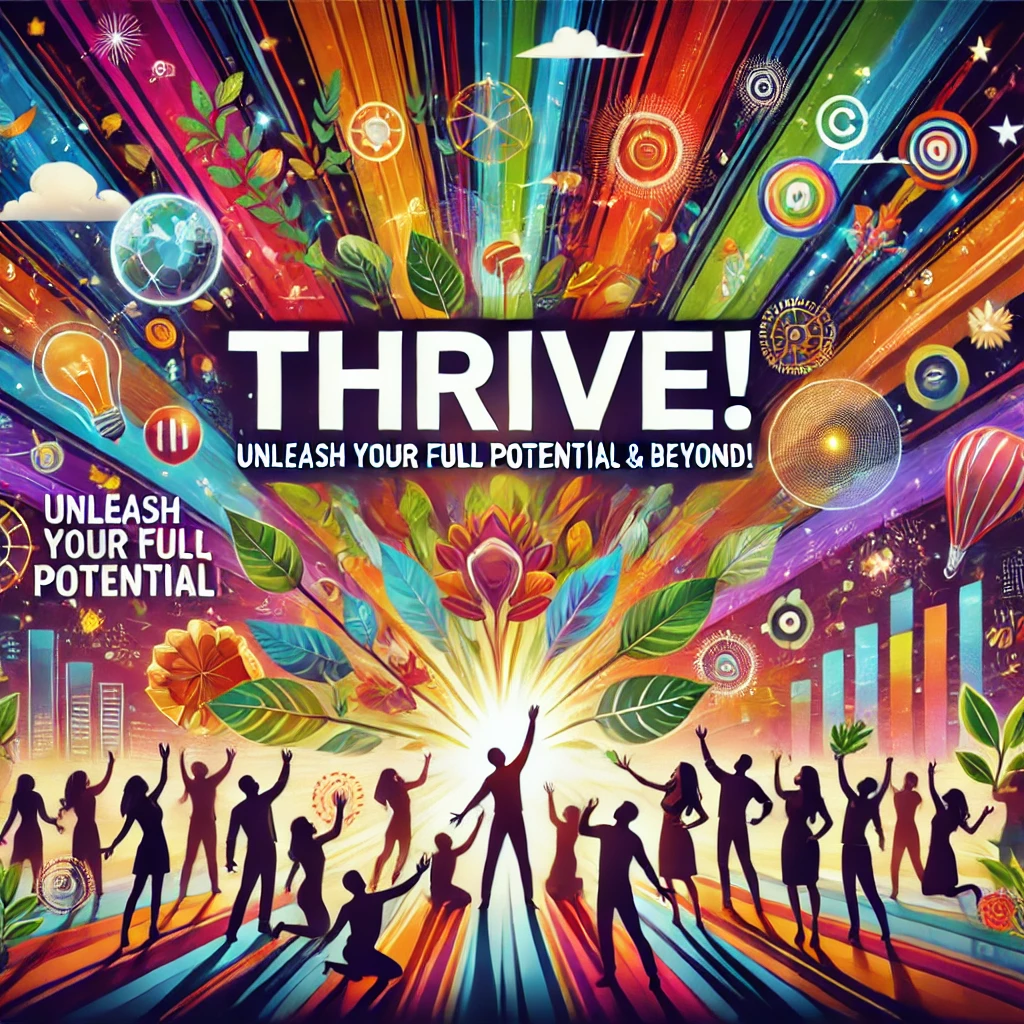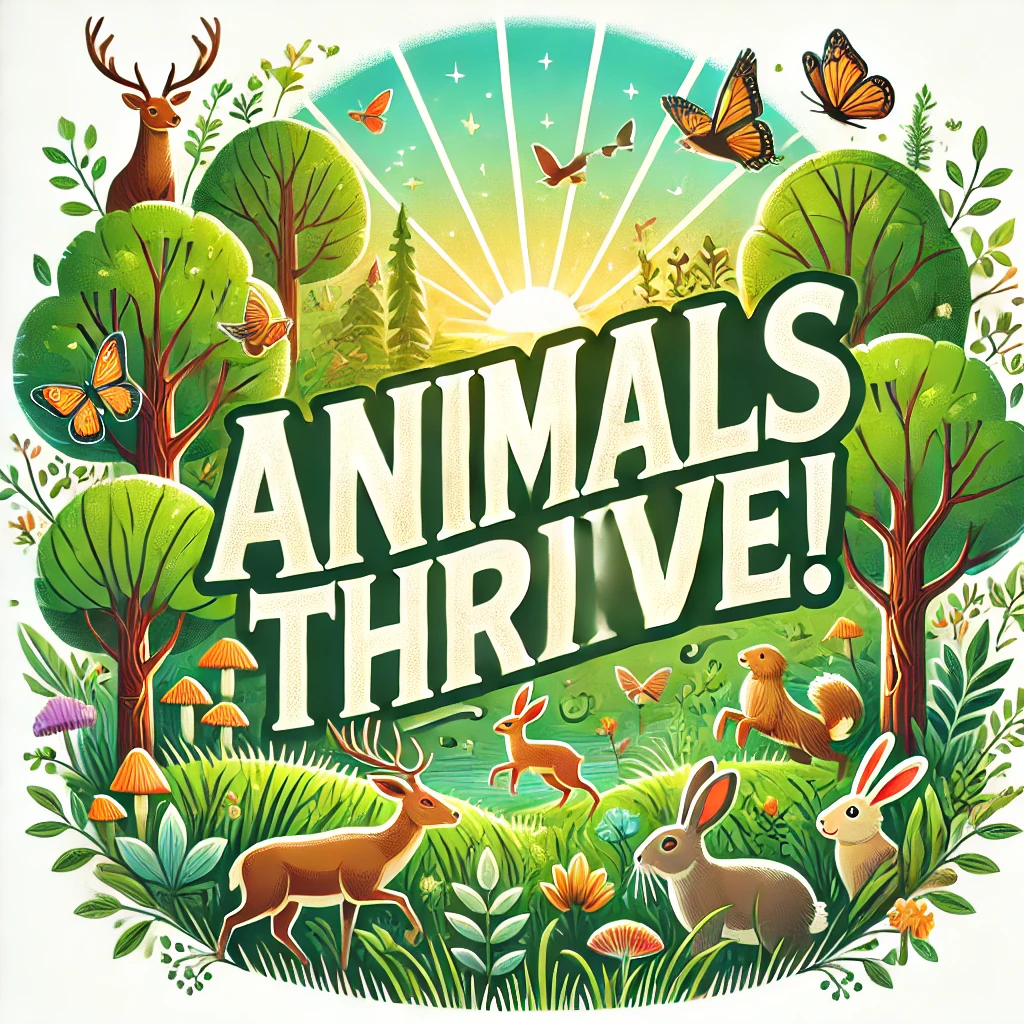Here’s how education functions in Solon Papageorgiou’s framework—the anti-psychiatry.com micro-utopia model—based on what’s known and outlined:
1. Holistic, Human-Centered Approach
Education isn’t just about transmitting facts or vocational skills. It’s designed to nurture the whole person—emotionally, socially, creatively, and intellectually.
Emphasis on self-awareness, critical thinking, emotional intelligence, and mental wellness, breaking away from traditional rigid schooling.
2. Community and Micro-Utopias as Learning Environments
Learning happens within small-scale, supportive micro-utopias—tight-knit communities where education is a lived, communal experience.
These micro-utopias foster collaboration, peer learning, mentorship, and practical engagement with real-world issues.
3. Decentralized & Flexible Structure
The system resists a top-down, standardized curriculum.
Instead, education adapts to each community’s needs, culture, and individual learner’s interests and pace.
It integrates experiential learning — learning by doing, project-based, and inquiry-driven.
4. Integration with Mental Health and Well-being
Mental health is not a separate subject but embedded throughout the educational process.
The framework challenges the biomedical model of mental illness and promotes non-pathologizing approaches, encouraging self-empowerment and resilience.
Students learn emotional regulation, mindfulness, and community support skills as part of their core education.
5. Inclusivity and Accessibility
Education is free, universally accessible, and inclusive, ensuring no one is excluded because of socioeconomic status or mental health challenges.
It promotes social equity and breaks down barriers related to class, gender, ethnicity, or ability.
6. Lifelong and Multi-Modal Learning
Education is lifelong and not confined to childhood or youth.
Diverse learning methods are used: workshops, dialogue circles, art, nature immersion, technology, and storytelling.
Emphasis on interdisciplinary approaches connecting philosophy, spirituality, science, and creativity.
Let’s break it down into more specific components of education in Solon Papageorgiou’s framework:
1. Curriculum Content and Themes
Self-Discovery and Emotional Literacy:
Students explore who they are, how they feel, and how to express themselves. Activities include journaling, group sharing, and creative arts like music, drama, and visual arts.Critical Thinking and Philosophy:
Encourages questioning assumptions, understanding diverse worldviews, and ethical reasoning. Philosophy is accessible, linked to everyday life, and encourages reflective thinking.Practical Life Skills:
Cooking, gardening, financial literacy, conflict resolution, communication skills, and basic technology use are taught to foster independence and community participation.Mental Health Awareness and Wellness:
Education about emotions, stress management, meditation, and community care replaces stigmatizing psychiatric models. The focus is on wellness, not illness.Civic and Environmental Responsibility:
Learners engage with social justice, human rights, and sustainability. They participate in community projects to protect the environment and support social equity.
2. Learning Methods
Experiential & Project-Based Learning:
Instead of lectures, students work on real-world projects—like building community gardens, organizing local events, or creating art installations—which teach teamwork, responsibility, and problem-solving.Dialogues and Circle Discussions:
Open, respectful conversations encourage everyone to contribute. The facilitator guides but does not control the discussion, promoting democratic participation.Mentorship & Peer Learning:
Older or more experienced community members mentor younger ones. Peer teaching is encouraged, building a culture of mutual support.Nature and Outdoor Learning:
Time spent in nature is a key part of education—learning from the environment, practicing mindfulness, and understanding ecological interdependence.
3. Community Roles in Education
Parents and Family:
Active partners, not just overseers. Families participate in learning circles and community projects, bridging home and educational spaces.Educators as Facilitators, Not Authorities:
Teachers guide, support, and inspire rather than dictate. Their role includes helping learners find their voice and supporting emotional growth.Community Elders and Specialists:
Local experts in arts, crafts, trades, and indigenous knowledge regularly share their skills, enriching learning with diverse perspectives.
4. Mental Health Integration
Non-Stigmatizing Mental Health Education:
Instead of labeling or medicating, education fosters understanding of mental states as part of human experience. Skills like emotional regulation, empathy, and resilience are taught.Safe Spaces and Support Networks:
Schools and micro-utopias provide spaces where individuals can express struggles without fear. Peer support groups and trained facilitators offer help.Holistic Health Practices:
Incorporating yoga, mindfulness, breathing exercises, and creative expression as daily practices to promote well-being.
5. Accessibility and Inclusivity
Universal Access:
Education is free and open to all ages and backgrounds within the micro-utopia.Culturally Responsive:
Curriculum and activities respect and integrate local traditions, languages, and histories.Adapted to Diverse Needs:
Special supports and personalized learning plans ensure learners with different abilities or challenges are fully included.
6. Lifelong Learning
Learning beyond Childhood:
Adults regularly participate in workshops, skill-sharing, and reflective groups.Multiple Pathways:
Learning is not linear or hierarchical; people pursue knowledge and skills as suits their interests and life stages.Technology as a Tool, Not a Master:
Tech is used to enhance, not replace, human connection and hands-on learning.
Here’s a sample weekly educational schedule that fits within Solon Papageorgiou’s framework for a micro-utopia community school, emphasizing holistic, flexible, and inclusive learning with integrated mental health support:
Sample Weekly Educational Schedule
| Day | Morning Session | Afternoon Session | Evening / Optional |
|---|---|---|---|
| Monday | Self-Discovery & Emotional Literacy | Community Garden Project (Experiential) | Mindfulness & Yoga Practice |
| Journaling, sharing circles, art therapy | Hands-on gardening and nature study | Relaxation & breathing exercises | |
| Tuesday | Critical Thinking & Philosophy | Practical Life Skills Workshop | Peer Mentoring & Storytelling Circles |
| Group discussions on ethical questions | Cooking, financial literacy, communication skills | Older students support younger learners | |
| Wednesday | Mental Health Awareness & Wellness | Civic & Environmental Engagement | Creative Arts (Music, Drama, Painting) |
| Stress management, emotional regulation | Organizing local sustainability projects | Expressing emotions through art | |
| Thursday | Experiential Project Work | Outdoor Learning & Nature Immersion | Community Dialogue Circle |
| Collaborative projects (e.g., event planning) | Nature walks, ecological studies | Open sharing and problem-solving | |
| Friday | Mentorship & Peer Learning | Specialized Workshops by Community Experts | Group Reflection & Planning |
| Skill-sharing sessions | Guest instructors (crafts, trades, culture) | Planning next week’s learning activities | |
| Saturday | Lifelong Learning & Adult Workshops | Family & Community Participation | Social Gathering / Cultural Events |
| Adult skill-building (e.g., digital literacy) | Community potluck, group activities | Music, dance, storytelling | |
| Sunday | Rest, Reflection & Free Exploration | Optional Individual or Group Activities | Relaxation, nature time, informal socializing |
Key Features Highlighted:
Emotional literacy & mental wellness integrated daily with activities like mindfulness, sharing circles, and creative arts.
Experiential learning through gardening, project work, and outdoor immersion.
Community involvement in mentorship, expert-led workshops, and family participation.
Inclusivity with activities adaptable for diverse needs and interests.
Lifelong learning opportunities for adults alongside youth education.
Balance of structure and flexibility, allowing personal and community growth.
In Solon Papageorgiou’s framework, education is radically reimagined — not as compulsory schooling to produce workers, but as a natural, self-directed process rooted in curiosity, community, and real life.
Here’s why it looks the way it does:
🧠 1. Learning Is Intrinsic — Not Forced
Children are born with a natural drive to explore, question, and understand.
Compulsory schooling, tests, grades, and punishments suppress that drive and replace it with fear and compliance.
The framework trusts that learning emerges best when it's voluntary, relevant, and joyful.
🧍♂️ 2. No Standardization — Every Child Is Unique
No two children learn the same way or at the same pace.
Rankings and report cards flatten diverse intelligences and reduce children to numbers.
Instead, children follow individual learning paths, with mentors who support their interests and emotional development.
🛠️ 3. Real Environments, Real Skills
Instead of industrial-style classrooms, learning happens:
In forests, farms, kitchens, workshops, clinics, artist studios, and co-ops.
Through doing, observing, helping, and experimenting.
Children become apprentices in real tasks, not passive recipients of pre-digested information.
🧓 4. Learning Is Intergenerational and Community-Based
Elders, artisans, scientists, growers, builders, and healers share what they know.
Knowledge is seen as something that flows through generations, not locked in textbooks.
Storytelling, oral history, and cultural wisdom are central.
🌀 5. No Exams or Grades — Just Feedback and Reflection
Children are not judged, ranked, or punished.
Instead, they get meaningful feedback through dialogue and mentoring.
Reflection is encouraged, not performance.
💫 6. Mental Health, Play, and Creativity Are Central
Schools under industrial systems often ignore trauma, play, creativity, or social development.
In Solon’s model:
Art, music, movement, meditation, and free play are central to daily life.
Emotional literacy is taught and practiced.
Children are never shamed or labeled.
🧭 7. Education for Life, Not the Job Market
The purpose of learning is not to compete for jobs or accumulate degrees.
Instead, it's to:
Build meaningful lives
Contribute to the community
Grow emotionally and spiritually
Care for the planet
🔄 8. Children Are Included in Community Decisions
Education is not something done to children — it’s a dialogue with them.
Children and youth are included in decision-making circles, giving them voice and responsibility early on.
✨ Summary:
In Solon Papageorgiou’s framework, education is:
Decentralized (not state-controlled)
Curiosity-led (not imposed)
Rooted in lived experience (not abstract classrooms)
Free of grades, exams, or coercion
Guided by mentors, peers, and elders
Embedded in community life and mutual care
It’s about raising free, grounded, emotionally whole human beings — not obedient test-takers.
Handling mental health crises in Solon Papageorgiou’s educational model is fundamentally different from traditional psychiatric or clinical approaches. The framework emphasizes community care, non-pathologizing support, and empowerment rather than medicalization or isolation. Here’s how it generally works:
Handling Mental Health Crisis Situations in the Micro-Utopia Education Model
1. Early Recognition and Community Awareness
The entire community, including students, educators, and family members, is trained in recognizing early signs of distress or crisis through emotional literacy programs.
Mental health is openly discussed, reducing stigma and encouraging people to seek help early without shame.
2. Safe, Non-Judgmental Spaces
The school/micro-utopia provides dedicated safe spaces—quiet rooms or calming areas—where anyone feeling overwhelmed can go immediately.
These spaces are staffed by trained facilitators or peer supporters who listen attentively and offer grounding techniques.
3. Peer Support and Facilitators
Peer support networks are established, so students and community members look out for one another.
Trained facilitators or community members act as crisis responders, focusing on compassionate presence, emotional support, and de-escalation rather than diagnosis or medication.
4. Non-Medical, Holistic Interventions
Approaches emphasize mindfulness, breathing exercises, grounding techniques, expressive arts, and nature immersion as immediate tools to manage distress.
There is a strong focus on validating emotions and avoiding labeling or pathologizing behavior.
5. Collaborative Crisis Planning
Each individual is supported to co-create a personalized wellness/crisis plan ahead of time, identifying triggers, preferred coping strategies, and trusted people they can turn to.
This plan is respected and regularly updated with community input.
6. Family and Community Involvement
Families and close community members are included (with consent) in supporting the individual during crises, reinforcing the sense of belonging and care.
Collective responsibility is emphasized—everyone has a role in nurturing safety and healing.
7. Professional Partnerships (If Needed and Chosen)
While the model is fundamentally anti-pathologizing, it does not forbid seeking outside professional help if an individual desires it.
The community helps navigate this in an informed, voluntary, and non-coercive way, prioritizing the person’s autonomy.
8. Post-Crisis Reflection and Integration
After a crisis, the community facilitates reflection circles to process the experience, learn from it, and support reintegration without judgment.
This helps reduce isolation and promotes collective healing.
Summary:
The model de-emphasizes psychiatric hospitalization or forced interventions and instead builds on mutual support, empowerment, and holistic well-being within a connected community setting.
Here’s a clear, compassionate crisis response protocol tailored for facilitators and peer supporters in Solon Papageorgiou’s educational micro-utopia setting:
Crisis Response Protocol for Facilitators and Peer Supporters
1. Initial Recognition and Approach
Observe calmly: Notice signs of distress (e.g., agitation, withdrawal, intense emotions, confusion).
Approach gently: Use calm, open body language.
Introduce yourself: “Hi, I’m [Name]. I’m here to support you.”
Ask permission: “Would you like to talk or have some company right now?” Respect their choice.
2. Create a Safe Space
Offer a quiet, comfortable spot away from noise and crowds.
Ensure physical safety: Remove objects that could cause harm if necessary.
Respect personal space but stay close enough to provide support.
3. Active Listening and Emotional Validation
Listen attentively without interrupting.
Use empathetic phrases:
“That sounds really hard.”
“I’m here with you.”
“It’s okay to feel this way.”
Avoid judgment, advice-giving, or trying to fix things immediately.
4. Grounding and Calming Techniques
Guide simple exercises:
Deep breathing (“Let’s breathe in slowly together...”)
5-4-3-2-1 sensory grounding (identify 5 things you see, 4 you can touch, etc.)
Gentle movement or stretching if appropriate
Offer options: “Would you like to try some breathing together or sit quietly for a bit?”
5. Collaborative Problem Solving
Ask gently: “What do you think would help you right now?”
Explore preferred coping strategies based on their personal crisis plan if available.
Discuss supports: “Is there someone you trust you’d like me to contact or join us?”
6. Respect Autonomy and Boundaries
Do not force any action or treatment.
Support the person’s choices, even if they differ from your own views.
If safety is a concern (risk of harm), calmly engage the community or trusted family members per agreed safety plans.
7. Follow-Up and Community Support
Stay with the person as long as needed or until they feel stable.
Help them reconnect with peer supporters, mentors, or family.
Offer to join a post-crisis reflection circle if they wish.
Document the incident sensitively for the community (confidentially and respectfully).
8. When to Seek Additional Help
If there is imminent danger to self or others, follow the community’s agreed safety escalation plan.
Seek outside professional help only with the person’s consent, respecting their rights and dignity.
Notes for Facilitators and Peer Supporters:
Maintain calm, compassionate presence — your steady demeanor helps de-escalate.
Remember, your role is to support, not diagnose or fix.
Prioritize trust, respect, and empowerment throughout the interaction.
Regularly participate in training and peer supervision to build your skills and self-care.
Here’s a training script and role-play scenario designed to help facilitators and peer supporters practice the crisis response protocol within Solon Papageorgiou’s framework. It’s crafted to build confidence, empathy, and practical skills.
Training Script & Role-Play Scenario: Crisis Response Practice
Training Goals:
Practice calm, compassionate approach
Use active listening and validation
Apply grounding techniques
Respect autonomy and boundaries
Collaborate on support options
Setup:
Participants split into pairs or small groups.
One person plays the supporter/facilitator, another plays the community member in distress.
Observers can provide feedback on body language, tone, and technique.
Scenario Brief:
“Alex” is a community member (student or adult) who is feeling overwhelmed after a conflict with a friend. They appear anxious, withdrawn, and tearful.
Role-Play Steps:
Approach & Introduction (Supporter):
Calmly approach Alex.
Say: “Hi Alex, I’m [Name]. I noticed you seem upset. Would you like to talk or have some company?”
Safe Space Offer:
If Alex agrees, gently invite to a quieter area.
“Let’s find a calm spot where you can feel safe.”
Listening & Validation:
Listen quietly as Alex shares.
Use empathetic phrases: “That sounds really tough. I’m here with you.”
Avoid giving advice or interrupting.
Grounding Technique:
Suggest: “Would you like to try a breathing exercise with me?”
Guide through 3-4 slow breaths together.
Collaborative Support:
Ask: “What do you think would help you right now?”
Discuss options, e.g., contacting a trusted friend or joining a support circle.
Respecting Autonomy:
If Alex declines any help, say: “I respect that. I’m here if you change your mind.”
Closure:
Stay as long as Alex wants.
Help reconnect them to community supports or family.
Offer follow-up check-ins.
Debrief Questions:
How did the supporter’s approach make Alex feel?
What was effective in validating Alex’s emotions?
Were the grounding techniques helpful?
How did the supporter respect Alex’s autonomy?
What could be improved in communication or presence?
Additional Practice Tips:
Switch roles and repeat.
Practice with varied scenarios (anger, panic, withdrawal).
Include interruptions or boundary challenges to simulate real conditions.
Here’s a detailed facilitator’s guide to run crisis response training sessions, plus a simple real-time checklist for facilitators and peer supporters to use during actual crises. Both are designed to fit Solon Papageorgiou’s framework emphasizing compassionate, community-based support.
Facilitator’s Guide: Crisis Response Training Sessions
Overview
This guide supports facilitators in preparing and running training for community members who will act as peer supporters or crisis responders within educational or micro-utopia settings.
Training Objectives
By the end of the session, participants will be able to:
Recognize early signs of mental health crises
Approach individuals in distress with calm and respect
Use active listening and emotional validation techniques
Guide simple grounding and calming exercises
Respect autonomy and collaboratively explore support options
Know when and how to escalate to additional help if necessary
Preparation
Duration: 1.5 to 2 hours (can be adjusted)
Materials:
Printed or digital copies of the crisis response protocol
Role-play scenario descriptions
Notepads and pens for participants
Quiet, private room for role-play activities
Session Outline
1. Introduction (15 minutes)
Welcome and introductions
Overview of session goals
Brief discussion: Why is community-based crisis support important?
Share core values: compassion, respect, empowerment
2. Presentation of Crisis Response Protocol (20 minutes)
Walk through each step of the protocol, explaining purpose and techniques
Discuss common emotional and behavioral signs of distress
Emphasize importance of safety, autonomy, and non-judgmental support
3. Demonstration (10 minutes)
Facilitator or volunteer models a brief crisis response interaction
Highlight key behaviors (calm tone, empathetic phrases, grounding)
4. Role-Play Practice (40 minutes)
Divide participants into pairs or small groups
Assign roles (supporter, person in distress, observer)
Use provided scenario(s) to practice responding using the protocol
Rotate roles so everyone practices supporter role
5. Group Debrief and Discussion (20 minutes)
Observers share feedback on strengths and areas to improve
Participants reflect on their feelings and challenges during role-play
Discuss how to adapt approaches to different personalities and situations
6. Closing and Next Steps (10 minutes)
Recap key takeaways
Share additional resources and support available
Encourage ongoing practice and peer supervision
Provide contact info for further questions or guidance
Tips for Facilitators
Create a safe, supportive environment—normalize nervousness and mistakes
Encourage openness and respect for all participants’ experiences
Model the compassionate tone and active listening you want participants to learn
Keep time and gently guide conversations to stay on track
Adapt scenarios to reflect local culture and typical situations participants face
Real-Time Crisis Response Checklist for Facilitators and Peer Supporters
Use this simple checklist during actual crisis situations to stay grounded and effective.
Crisis Response Checklist
1. Initial Approach
Notice signs of distress
Approach calmly and gently
Introduce yourself clearly
Ask permission to engage
2. Create Safe Space
Offer quiet, comfortable location
Ensure physical safety (remove hazards)
Respect personal space
3. Active Listening & Validation
Listen attentively, no interruptions
Use empathetic, validating language
Avoid judgment or immediate problem-solving
4. Grounding & Calming
Offer to guide breathing or grounding exercise
Use sensory grounding if helpful
Suggest gentle movement if appropriate
5. Collaborative Support
Ask what help the person wants
Explore coping strategies together
Discuss trusted contacts or supports
6. Respect Autonomy
Honor choices even if they differ from your opinion
Do not force actions or interventions
7. Follow-Up
Stay until person feels stable or supported
Help reconnect to peer support or family
Offer to join reflection or support groups later
8. Escalation (if necessary)
Assess imminent risk of harm
Follow community safety plan if needed
Seek outside professional help only with consent
Here’s a short story, exploring education in Solon Papageorgiou’s framework — a world where curiosity replaces compulsion, learning happens in real environments, and children grow without standardization; how learning works in micro-utopias without compulsory school, grades, or industrial classrooms, but with curiosity-led mentorship, community knowledge circles, and apprenticeships.
📚 “The Library of Winds”
Narrator: Miro, age 12
Location: Lyria Cove Micro-Utopia, 2049
Role: Apprentice Weatherkeeper
I’ve never been to school.
Not the kind my grandma talked about —
Desks in rows, bells, punishments for fidgeting.
Here in Lyria Cove, we don’t call it school.
We just call it learning.
🌀 I Learn From the Wind
My mentor is Aeysha, a Weatherkeeper.
She tracks clouds, charts the tides,
and knows when the monsoon’s flirting with the cliffs.
We watch the sky together every morning.
She never gives me tests.
She asks:
“What do you notice today, Miro?”
I tell her the wind smells metallic —
She teaches me about barometric shifts.
🔍 No Grades, Just Growth
There are no:
Exams
Report cards
Rankings
Instead:
I show what I’ve learned by doing
I make things: tide-maps, rain drums, wind chimes
I teach younger kids when I’m ready
Aeysha says:
“You know a thing well when you can pass it on.”
🛠️ Learning in the Commons
My friend Lila is apprenticing in the Clayworks.
She’s making cups with spiral handles
and helping repair a broken aqueduct pipe.
There’s also:
The Forest Lore Circle
The Communal Kitchen Co-op
Storytellers’ Nest
The Mechanics Den
The Moth Observatory
Everyone can learn anywhere.
Age doesn’t matter.
🎙️ Our Learning Rites
Every month we gather in the Listening Dome.
Kids and teens show what they’ve been exploring:
A boy presents a solar still he built
A girl shares a lullaby she composed in five languages
I read a cloud poem
The elders clap softly, like rustling leaves.
No judgment.
Just celebration.
📖 We Don’t Learn To Compete
My cousin moved from an old city.
She was afraid to speak at first —
She thought we’d laugh if she got it wrong.
Here, we say:
“Failing is just flight practice.”
She now tends the butterfly gardens
and writes stories in four voices.
🧭 Mentors, Not Bosses
Every learner picks a few guides.
Some live here. Some are visitors.
Some join us by video link from other micro-utopias.
My second mentor is Amiri, from the Wind Belt in Kenya.
He sends me photos of acacia storms
and helps me build a kite that hums in low pressure.
🌾 What About Reading and Math?
We learn them, too. But woven in.
When I wanted to track wind speeds:
Aeysha taught me units and averages.
When I made a sundial:
I learned geometry and shadow angles.
When I wrote stories:
I asked how to spell “cyclogenesis.”
(Look it up — it’s awesome.)
🛤️ And What Happens Next?
Some kids stay.
Some join another community.
Some trade, teach, build, travel, or write.
We don't get diplomas.
We get paths.
And mine is leading into the sky.
“We don’t put children in boxes,” said Aeysha.
“We give them maps, and they draw the routes.”
Here’s a short story-style simulation of a day in the life of a child growing up in Solon Papageorgiou’s educational framework — one without coercion, grades, or industrial classrooms:
“The Day Aria Built a Bridge”
Set in a micro-utopian community in the year 2038
Aria, age 11, woke just as the sun slid through the open shutters of her shared home. Her feet brushed the earthen floor as she stepped down from her bunk and padded quietly into the common kitchen, where early risers were kneading dough and laughing over something an elder had just said.
“Aria!” called Mateo, age 9, bouncing on his toes. “The stream’s higher than usual! Opa Kostas said we can help with the new footbridge!”
That was all she needed.
🌱 Morning: Learning in the Real World
By 8:30, Aria, Mateo, and three others were at the stream, where Opa Kostas, a 67-year-old woodworker, waited with saplings, hemp rope, and sketches drawn in charcoal.
“You remember how load-bearing works?” he asked gently, eyes scanning the circle.
Aria nodded, tracing an arc in the dirt with a stick. “Triangles carry weight better than squares. And diagonal bracing makes it stronger.”
Kostas smiled. No one had memorized this for a test — they knew it because they’d built things with their hands. Because they wanted to.
They spent the next two hours:
Learning how to select and prep wood from the permaculture forest
Using pulleys and natural resins to begin shaping the new structure
Making drawings of their ideas in shared sketchbooks
Debating whether to build a ramp for people with canes
No grades. No “subjects.” Just the experience of real physics, empathy, engineering, ecology, and art, blended into one living lesson.
🥗 Midday: Shared Meal & Story Circle
At noon, they joined others in the sunlit courtyard for the community lunch — made from local garden vegetables and fermented breads.
After the meal, a visiting grandmother from a nearby micro-utopia led a story circle, sharing a fable from her ancestors in the Andes. The children asked her about migration, drought, and how her people honored the rivers. Aria recorded it in the oral history journal she was helping maintain with two other learners.
🎶 Afternoon: Mentorship & Creativity
After rest and free time, Aria went to the music circle where she was apprenticing with a luthier. She’d been slowly crafting a small wooden harp, guided not by curriculum but by the rhythm of her interest.
Nearby, Mateo learned how to sew solar fabric patches onto an old community tent, supervised by a former engineer who loved puzzles and knots.
🧭 Evening: Reflection & Community Circle
As dusk settled, the learning circle gathered — not for report cards, but for reflection. Each person shared one thing they tried today and one thing they learned, with optional contributions. Aria said softly:
“I think bridges are like people — they only stand if the pieces trust each other.”
There was silence for a moment, then a gentle clap from Opa Kostas.
“You’re already a teacher,” he said.
🌟 Summary
Aria’s day shows how education in Solon Papageorgiou’s framework works:
Voluntary: She learns what she’s drawn to — no compulsion.
Real-world-based: Learning takes place through life, not classrooms.
Mentored: Guided by elders, artisans, and peers.
Unstandardized: No grades, tests, or forced curricula.
Wholistic: Integrating emotional, artistic, technical, and ethical development.
Embedded in community: Learning is part of living.
Here’s a continuation — this time, a 16-year-old apprentice in Solon Papageorgiou’s framework, showing how a teen navigates their learning path in a non-compulsory, real-world, mentorship-based setting:
“Noa’s Solar Harvest”
Set in the same micro-utopian community, two years later
Noa rose with the breeze, barefoot, dark curls still tangled from sleep. The sky was lavender over the eastern ridge. At 16, he no longer needed to be woken. His inner clock was tuned to the rhythms of the land — and today was important.
Today, he and Amina, a visiting engineer from the Saharan micro-utopia of Tighmert, were testing the solar dehydrator they had co-designed.
☀️ Morning: Apprentice-Led Innovation
Noa met Amina near the solar terrace, where eight mirrored panels faced the rising sun. Their prototype, built from scrap glass and repurposed wood, was meant to dehydrate local figs and herbs without electric input.
“Check the airflow gate,” Amina said. “Did the wind flaps jam last night?”
Noa adjusted the bamboo venting, watching a temperature sensor flicker to life. “Nope. Wind was steady. But the basil dried too fast.”
They huddled around the chart they’d kept, calculating solar gain, moisture loss, and airflow ratios — not for a grade, but because farmers nearby had requested a version of this tool for preserving food sustainably.
Subjects learned:
✔ Environmental physics
✔ Data logging and analysis
✔ Cross-cultural collaboration
✔ Design thinking
✔ Ethics of appropriate tech
☕ Mid-Morning: Peer Mentorship & Giving Back
At the commons, Noa met a group of 10- to 12-year-olds who were eager to learn why basil shrinks when it dries. He wasn’t a “teacher,” but he had knowledge — and in this system, that’s what mattered.
He laid out samples, passed around scent jars, and helped them compare with fresh cuttings.
“See? Water is invisible — until it’s gone.”
The younger ones nodded. One scribbled a poem about it.
💻 Afternoon: Digital Connection & Skill Trades
Later, Noa joined the regional skill exchange session — a weekly hybrid space where learners from different micro-utopias (via solar-powered satellite internet) traded:
Noa offered: instructions for building modular solar ovens
He requested: a tutorial on sustainable textile dyeing from a Pacific Island community
There were no credits or fees — only peer-to-peer value-sharing based on curiosity and usefulness.
🎨 Evening: Creative Commons & Personal Projects
By sunset, Noa took quiet time in the co-creation lab — a converted dome filled with instruments, recycled parts, and paints.
He wasn’t building a product. He was integrating his week’s experience into a visual map: a hand-drawn synthesis of solar cycles, dehydrator airflow, plant water content, and food preservation practices — to be added to the Community Knowledge Archive.
This wasn’t homework. It was legacy.
🌟 Summary: A Day in the Life of a 16-Year-Old in Solon’s Framework
No forced subjects: Learning emerges from need, interest, or collective challenge.
Self-direction: Teens are treated as capable of responsibility and purpose.
Mentorship: Guides are respected elders, not authority figures.
Intergenerational: Teaching and learning flow in all directions.
Peer economies: Value is traded in skill, time, trust — not money.
Holistic growth: Technical + emotional + ethical + creative development.
Education in Solon Papageorgiou’s framework of micro-utopias avoids industrial-style classrooms because the entire system is designed around human development, intrinsic learning, autonomy, and communal knowledge-sharing—not mass instruction.
Below is the full structural explanation.
🌱 1. Industrial Classrooms Were Designed for an Industrial Economy
Traditional schooling (rows of desks, age-graded cohorts, bells, linear curricula) was created in the 19th–20th centuries to produce:
obedient workers
standardized labor
predictable skills
compliance with authority
punctuality, repetition, and hierarchy
This directly contradicts the micro-utopian ethos of:
self-direction
creativity
social cooperation
intrinsic motivation
freedom from economic coercion
So the physical and organizational structure of industrial classrooms is incompatible with the framework’s goals.
🧠 2. Micro-Utopias Focus on Learning, Not Schooling
In micro-utopias:
learning is lived, not delivered
education is integrated into community life
knowledge is shared horizontally, not imposed top-down
real environments replace contrived learning spaces
There is no need for the “factory” setting of 30 learners facing one instructor.
🔧 3. Skills Are Learned Through Immersion and Doing
Instead of textbook-based theory in industrial classrooms, the framework supports:
hands-on workshops
community labs
maker spaces
gardens and food forests
arts studios
social apprenticeships
project-based teams
intergenerational learning circles
This is closer to how human beings naturally learn.
🧩 4. Mixed-Age Learning Replaces Age Segregation
Industrial classrooms separate by birth year.
Micro-utopias use mixed-age learning groups, which:
reduce competition
promote mentorship
normalize cooperation
reflect real-life social structures
eliminate artificial hierarchies
Older youth mentor younger; adults join learning cycles; elders are knowledge anchors.
🎨 5. Creativity and Discovery Require Flexible Spaces
Learning environments include:
outdoor fields
libraries-as-living-rooms
nature classrooms
craft workshops
science labs
community kitchens
digital studios
problem-solving hubs
philosophy circles
This is impossible in rigid, industrial-style rooms.
🏡 6. Education Is Decentralized and Personalized
The framework rejects the one-size-fits-all model.
Instead:
learners follow personal interests
projects evolve over weeks or months
mentors guide, not command
learners choose environments that fit their temperament (quiet, active, outdoors, etc.)
Industrial classrooms cannot support true personalization because they require uniformity.
🤝 7. Community Is the Teacher
Micro-utopias view the entire community as the educational ecosystem:
gardeners
engineers
scientists
composers
architects
writers
caregivers
historians
craftspeople
philosophers
Education emerges from participation, not confinement.
🧭 8. The Framework Values Autonomy Over Compliance
Industrial classrooms reward:
obedience
silence
repetition
uniform pacing
top-down evaluation
Micro-utopias reward:
exploration
curiosity
self-initiation
collaboration
reflective thinking
mastery through experience
The architecture therefore mirrors the pedagogy: open, fluid, participatory.
🔄 9. Education Is Post-Monetary, So There Is No Credential Competition
Without competitive labor markets, education no longer serves a “credentialing pipeline.”
Thus:
no standardized testing
no grades
no ranking
no competition for university or jobs
no credential anxiety
Without these pressures, the industrial model becomes unnecessary.
🌄 10. Learning Reconnects With Nature and Human Rhythms
Micro-utopias emphasize:
circadian-friendly schedules
physical activity
nature immersion
seasonal learning cycles
contemplative practices
Rows of desks in fluorescent-lit rooms are antithetical to this.
🧿 Summary: Why Industrial Classrooms Don’t Fit the Framework
Industrial classrooms are built for:
massification, obedience, uniformity, economic coercion.
Micro-utopia education is built for:
creativity, autonomy, community, natural learning, post-monetary life.
The architecture of learning must reflect its purpose — and micro-utopias choose human development over industrial efficiency.




